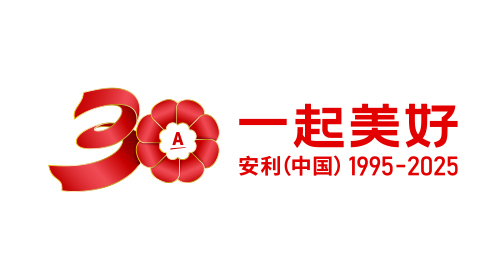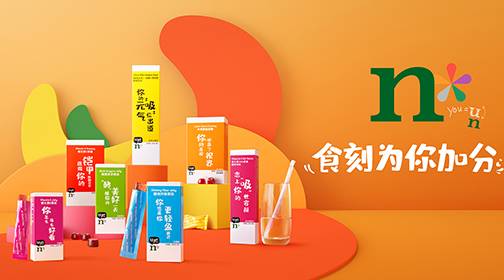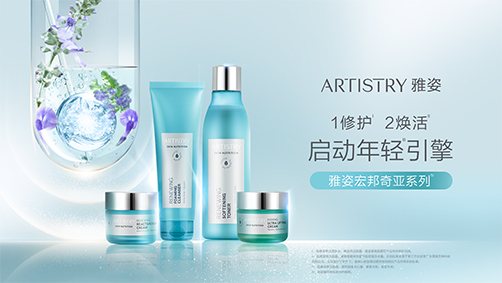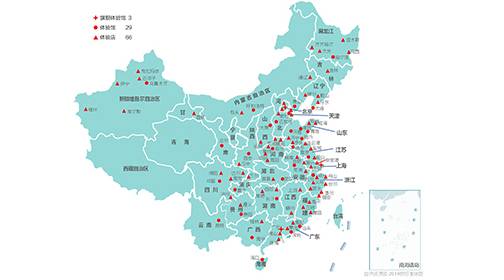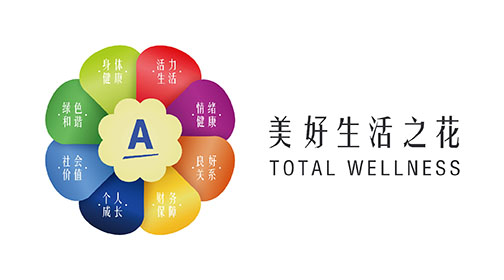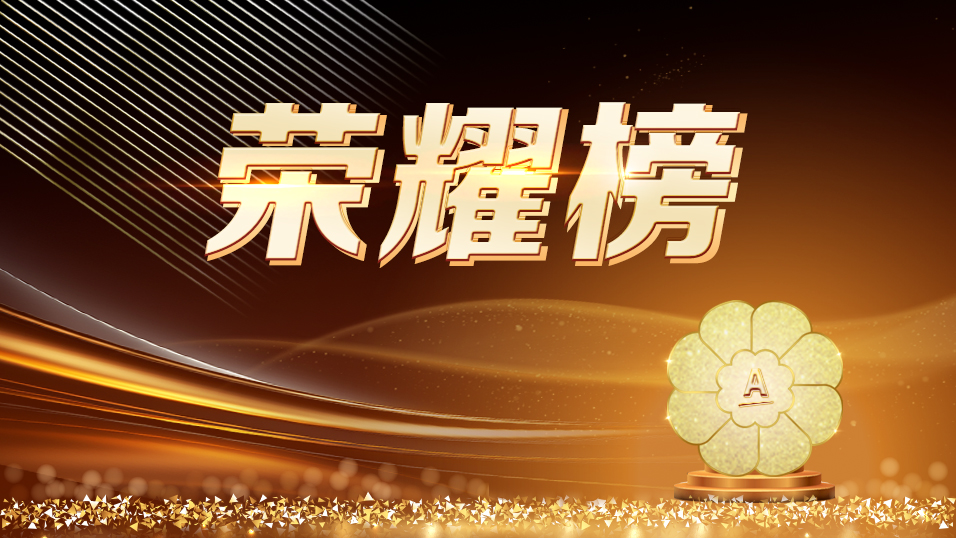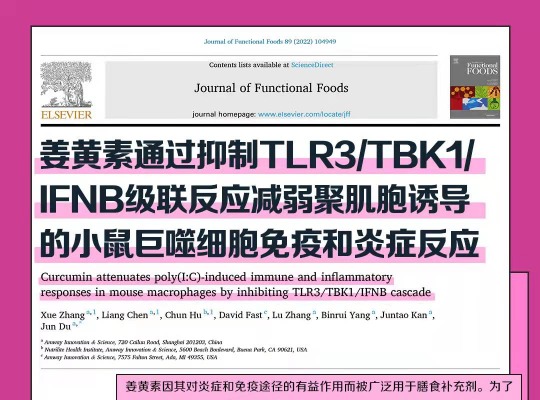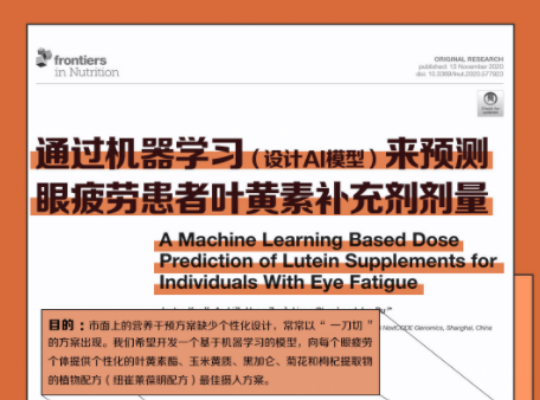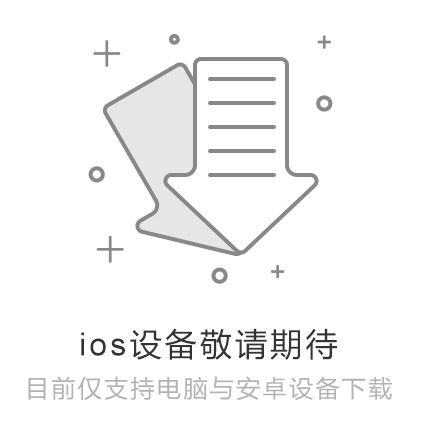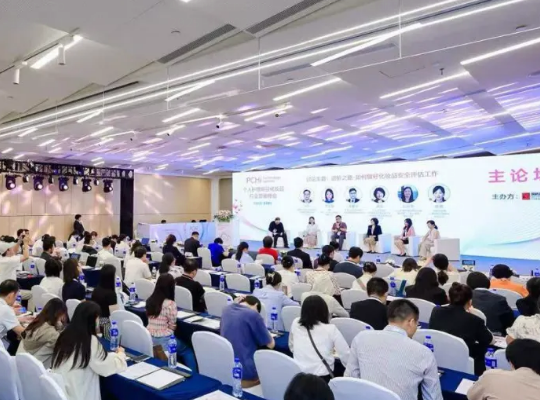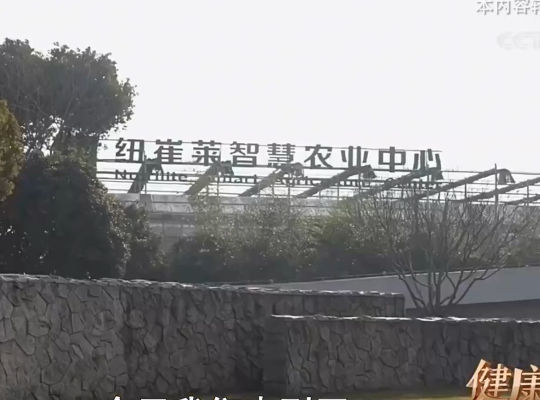
2025.06.06
葆明配方的开发阶段,纽崔莱的研发人员是怎样做分析的?
为了设计缓解视疲劳的新配方,纽崔莱健康研究院与北京中医药大学合作,通过在多个权威数据库中检索,分析使用频次最高的配方成分,为葆明产品的配方开发提供依据。纽崔莱健康研究院的博士们,将相关成果发表在了《中草药》杂志上。六年潜心研究,只为给你呈上最优质的营养。
周雪,张建军,乐娜,等.缓解视疲劳功能中药复方保健产品配方规律及特点分析[J].中草药,51(14):3753-3762.
中草药 Chinese Traditional and Herbal Drugs 第51卷 第14期 2020年7月
缓解视疲劳功能中药复方保健产品配方规律及特点分析
周雪,张建军,乐娜,刘金莲,刘晔斌,王淳,王林元,陈亮,阚君陶
北京中医药大学,北京 100029
安利(中国)研发中心有限公司,上海 201203
摘要:目的:通过检索特殊食品信息查询平台公布的具有缓解视疲劳功能的保健食品信息资料,以及药智数据网的中成药处方数据库中眼科中成药中有保健功能的产品信息资料,为具有缓解视疲劳功能的保健产品的组方与产品开发提供依据与参考。方法运用Microsoft Excel 2016软件及中医传承辅助平台对检得的产品信息进行统计,分析其配方特点。结果:共收集到 141个具有缓解视疲劳功能的保健食品,其中64个(45.4%)保健食品配方中含有中药类原料。使用频次≥5的中药原料有6味,累计使用145次(72%),由高到低分别是菊花、枸杞子、决明子、桑椹、熟地黄、茯苓。通过无监督的熵层次聚类得到3个新处方。非中药原料在缓解视疲劳功能的保健食品中应用较为普遍,含有外来天然植物资源的 60个产品,含叶黄素及维生素类的 17个。统计眼科中成药中有保健功能的产品可知,使用频次>4的中药原料有7味,累计使用 32 次(29%),由高到低分别是枸杞子、决明子、菟丝子、熟地黄、菊花、五味子、车前子。通过无监督的熵层次聚类得到1个新处方。结论:保健食品在中药原料的选择上与中医药理论治疗视疲劳的原则基本契合,即滋补肝肾、平肝明目。但二者在中药原料选择范围、原料配伍、剂型种类等方面有所不同。此外,还在辨证保健理论指导下,尝试探讨应用文献数据处理统计方法筛选新配方、开发新产品,为中药复方保健产品的研发开辟了新思路、新方法。
关键词:缓解视疲劳;保健食品;中药原料;眼科中成药;配方特点;中医传承辅助系统
收稿日期:2019-11-20
基金项目:国家重点研发计划中医药现代化研究重点专项(2018YFC1706800)
作者简介:周雪(1993—),女,硕士研究生,研究方向为中药药性与药效机制及物质基础研究。Tel: 13810986307 E-mail: 13810986307@163.com
*通信作者 张建军(1965—),女,博士生导师,研究方向为中药药性与药效机制及物质基础研究。Tel: (010)64286993 E-mail: zjj59@163.com
该论文发表于《中草药》2020年7月14期51卷
中草药 Chinese Traditional and Herbal Drugs 第51卷 第14期 2020年7月
缓解视疲劳功能中药复方保健产品配方规律及特点分析
周雪,张建军,乐娜,刘金莲,刘晔斌,王淳,王林元,陈亮,阚君陶
北京中医药大学,北京 100029
安利(中国)研发中心有限公司,上海 201203
摘要:目的 通过检索特殊食品信息查询平台公布的具有缓解视疲劳功能的保健食品信息资料,以及药智数据网的中成药处方数据库中眼科中成药中有保健功能的产品信息资料,为具有缓解视疲劳功能的保健产品的组方与产品开发提供依据与参考。方法 运用Microsoft Excel 2016软件及中医传承辅助平台对检得的产品信息进行统计,分析其配方特点。结果 共收集到141个具有缓解视疲劳功能的保健食品,其中64个(45.4%)保健食品配方中含有中药类原料。使用频次≥5的中药原料有6味,累计使用145次(72%),由高到低分别是菊花、枸杞子、决明子、桑椹、熟地黄、茯苓。通过无监督的熵层次聚类得到3个新处方。非中药原料在缓解视疲劳功能的保健食品中应用较为普遍,含有外来天然植物资源的60个产品,含叶黄素及维生素类的17个。统计眼科中成药中有保健功能的产品可知,使用频次≥4的中药原料有7味,累计使用32次(29%),由高到低分别是枸杞子、决明子、菟丝子、熟地黄、菊花、五味子、车前子。通过无监督的熵层次聚类得到1个新处方。结论 保健食品在中药原料的选择上与中医药理论治疗视疲劳的原则基本契合,即滋补肝肾、平肝明目。但二者在中药原料选择范围、原料配伍、剂型种类等方面有所不同。此外,还在辨证保健理论指导下,尝试探讨应用文献数据处理统计方法筛选新配方、开发新产品,为中药复方保健产品的研发开辟了新思路、新方法。
关键词:缓解视疲劳;保健食品;中药原料;眼科中成药;配方特点;中医传承辅助系统
中图分类号:R28 文献标志码:A 文章编号:0253-2670(2020)14-3753-10
DOI: 10.7501/j.issn.0253-2670.2020.14.020
Formulation rule and characteristic analysis of TCM compound health care products for relieving visual fatigue
ZHOU Xue, ZHANG Jian-jun, YUE Na, LIU Jin-lian, LIU Ye-bin, WANG Chun, WANG Lin-yuan, CHEN Liang, KAN Jun-tao
1. Beijing University of Chinese Medicine, Beijing 100029, China
2. Amway (China) R & D Center Co., Ltd., Shanghai 201203, China
Abstract: Objective Through searching the information of health food with the function of alleviating visual fatigue published on the Special Food Information Query Platform, and the product information data of ophthalmic proprietary Chinese medicine with health care function in the prescription database of Chinese patent medicine based on Pharmaceutical Intelligence data network, so as to provide the basis and reference for the development of the health food formulations and products with the function of relieving visual fatigue. Methods Microsoft Excel 2016 software and Traditional Chinese Medicine Inheritance System were used to make statistics on the detected product information and analyze its formula characteristics. Results A total of 141 kinds of health food with visual fatigue relief function were collected, of which 64 kinds (45.4%) contained traditional Chinese medicine in the formula of health food. There were six herbs of Chinese materia medica raw materials with frequency ≥ 5, which were used 145 times (72%), from high to low, Chrysanthemum morifolium, Lycium barbarum, Cassia semen, Mori Fructus, Rehmannia glutinosa and Poria cocos were used respectively. Three new prescriptions were obtained by unsupported entropy clustering. Non-traditional Chinese medicine raw materials are widely used in health food to alleviate visual fatigue, there were 60 products containing foreign natural plant resources and 17 products containing xanthin and vitamins. According to statistics on the products with health function in ophthalmic Chinese patent medicine, there were seven kinds of traditional Chinese medicine materials with frequency ≥ 4, which were used 32 times (29%), respectively, Lycium barbarum, Cassia semen, Cuscuta chinensis, Rehmannia glutinosa, Chrysanthemum morifolium, Schisandra chinensis, Plantaginis Semen. Three new prescriptions were obtained by unsupported entropy clustering. Conclusion The selection of Chinese herbal medicines in health foods is basically consistent with the principles of traditional Chinese medicine theory in treating visual fatigue, that is, nourishing liver and kidney, and calming liver and brightening eyes. However, there are differences between the two in terms of the scope of selection of Chinese herbal medicines, raw material combination, dosage form, etc. In addition, under the guidance of syndrome differentiation and health preservation theory, it was attempted to explore the application of literature data processing statistical methods to screen new formulas and develop new products, which opened up new ideas and methods for the research and development of Chinese herbal compound health products.
收稿日期:2019-11-20
基金项目:国家重点研发计划中医药现代化研究重点专项(2018YFC1706800)
作者简介:周雪(1993—),女,硕士研究生,研究方向为中药药性与药效机制及物质基础研究。Tel: 13810986307 E-mail: 13810986307@163.com
*通信作者 张建军(1965—),女,博士生导师,研究方向为中药药性与药效机制及物质基础研究。Tel: (010)64286993 E-mail: zjj59@163.com

